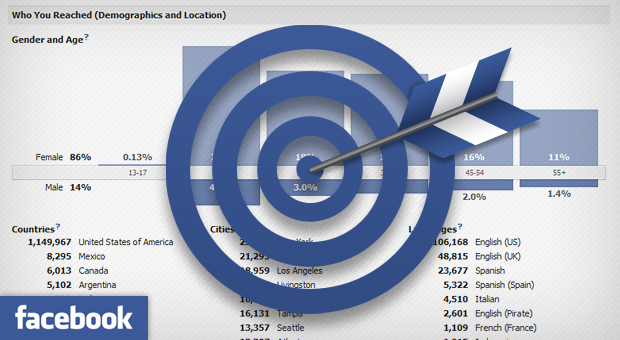As many are aware by now, Facebook recently released an update to its Insights product. This was the first update to this section and was, according to the release issued by Facebook, a response to requests from brand marketers for a deeper understanding of the community they were building.
The update was filled with a number of new features, including the new “Talking about this page” metric, which shows first time users the level of engagement each community has, along with its size. However, a little more digging into these updates and one now finds demographic data for the group that Facebook defines as the “reach.”
Reach is made up of consumers who are in some way connected to the page but may not directly be a fan…yet! They may have seen a post in their friend’s feed, or they may have been exposed to an ad produced by the brand’s page. Up to this point, most community managers could easily describe the demographic of their community, but only a handful could define the connections of their community members. This group is what my current supervisor likes to call “the low hanging fruit” of our potential audience – in other words, these are people who we should be able to easily convert to actual fans.
Now I know the whole point is to increase engagement and not the number of fans, so using it for this purpose is contradictory to why the update was released in the first place. But let’s be honest; for now, my clients are still going to look at fan growth as a significant metric of success, so any thing I can use to help me achieve that growth is helpful. Once I have them on the page then I need the second part of the strategy – which is to engage them and get them talking.
So how do we use this demographic information? We can use it in a number of ways, from growing the community to product development. If, for instance, you have a new product idea, you can match it up with this potential audience to see if it would fit in that demographic. If your potential demographic is mostly made up of young woman from 20-35, and you primarily produce product for older children, maybe it would make sense to expand to some products geared towards younger children as well. One way Facebook could increase the usefulness of this potential even more is by displaying top likes of your reach as well and associated interests. This would give us a better idea of their activity and who they are, as opposed to just the demo data.
As the network continues to stress ties with brands and make the platform more useful for marketers, it will be interesting to see what other data they make available that could help us in our campaign planning.
